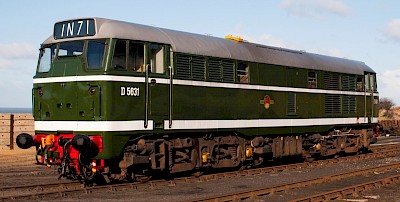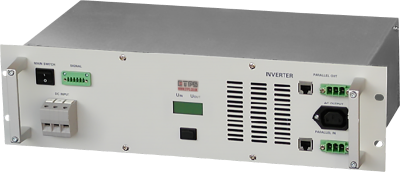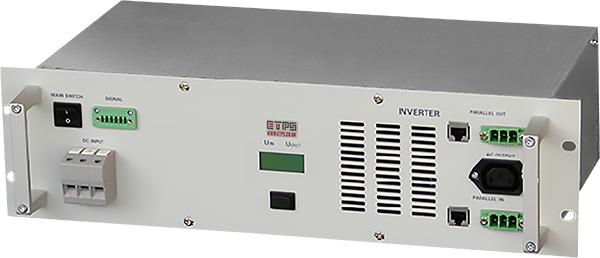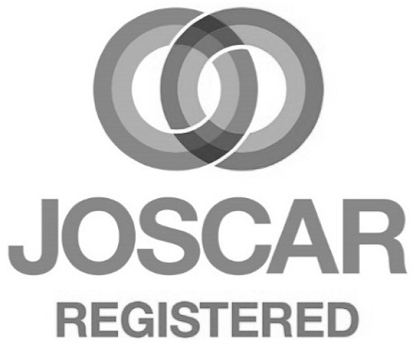During a restoration of a vintage diesel locomotive, North Norfolk Railway (NNR) needed an express inverter solution to help keep their project on track.
 The NNR is often referred to as the Poppy Line, as 19th century poet Clement Scott famously described the area as ‘Poppyland’.
The NNR is often referred to as the Poppy Line, as 19th century poet Clement Scott famously described the area as ‘Poppyland’.
It offers a roughly 10 mile round trip through an area of outstanding natural beauty. Visitors can enjoy a ride on a historic steam train, stopping at picture postcard stations from a bygone era.
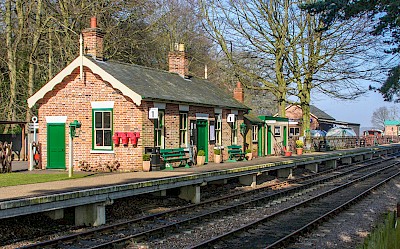
No longer used as a commuter route, today NNR offers customers a variety of train-based experiences on restored classic carriages. This includes murder mystery evenings, comedy dining and Christmas lunch among others.
Comfort is critical to events, with heating of the carriages a necessity. To achieve this steam is generated on the locomotive and piped through the carriages to warm the heat exchangers.
As the mass-produced locomotive boilers from the 1960s are no longer manufactured, a modern diesel fed equivalent was sourced. The new boiler required a 230Vac input to power its control electrics and water feed pump.
The locomotive had an on-board 30kW auxiliary generator, which provides power for various components at 110Vdc, such as the traction motor cooling blowers. Due to the mismatch in voltages, NNR needed a rugged DC-AC solution to ensure that the boiler could be powered.
Laurie Dickinson, Installation Engineer of the restoration said “The vibration and temperatures which the inverter could be subjected to meant that we needed a reliable and robust solution. ETPS provided this from their standard range.”

